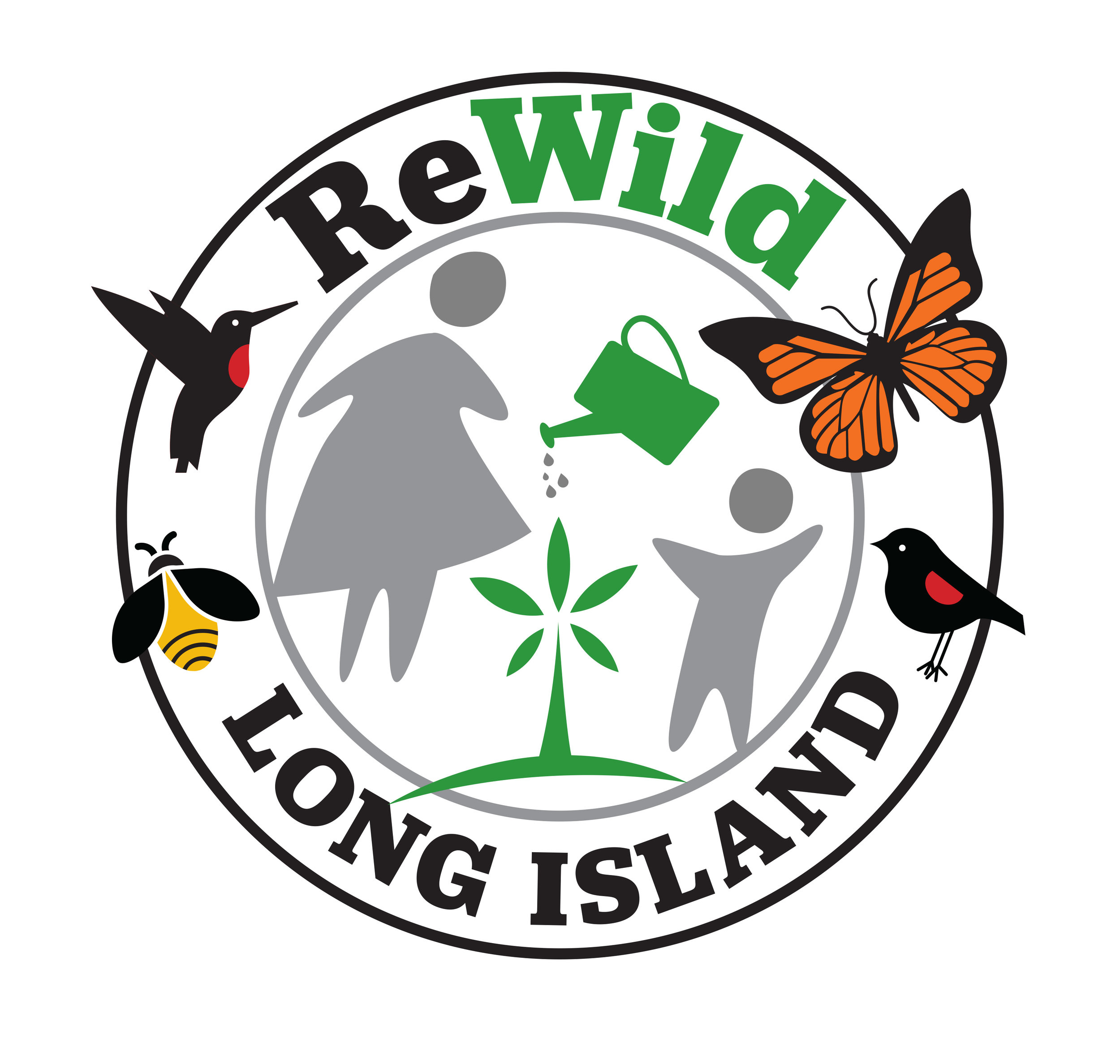Pet Friendly Garden
By Agatha Martello
Agatha Martello is a conservation biologist and owner of More Than Gardens, a certified organic and regenerative landscaping company. She strives to work towards improving our community and restoring the environment.
There are many reasons why people look for an organic and ecological landscaping provider and the safety and health of their pets are definitely in the top 5. But as important as not using pesticides and other toxic garden amendments, avoiding introducing certain species of plants that can be actually toxic for our furry friends.
Some plants produce chemicals toxins, which can be harmful and even fatal to dogs if ingested. Since they are naturally curious, dogs may chew on plants, leading to ingestion of these toxins. The toxic effects depend on the type and amount of toxin consumed, as well as the size and health of the dog, so it's essential for pet owners to be aware of which plants are toxic to dogs and keep them out of reach. Some of these plants are rhododendrons, azaleas, oaks, junipers, arborvitae, lilies, oleanders, daffodils, irises, milkweeds, foxgloves and unfortunately, many more.
Here at More Than Gardens, we have created our fair share of pet safe gardens so we would like to share a list of some plants native to Long Island that will enhance your outdoor space while keeping your beloved pets safe.
Dog wood (Cornus sericea): This gorgeous shrub is not poisonous or toxic to dogs. You can use it as a structural plant because it gives winter interest and it fills a space well in Spring and Summer.
Golden Rod (Solidago sp.) is a great native perennial that supports wildlife and is not toxic to dogs. In fact, there are some vets that say that it can be used as a kidney medicine for dogs. Ask your vet about it!
Black-Eyed Susan (Rudbeckia tomentosa): A classic favorite, the Black-Eyed Susan boasts cheerful yellow flowers with a dark center. This drought-tolerant native plant is easy to grow and safe for dogs, making it a versatile addition to any sunny garden.
Eastern Purple Coneflower (Echinacea purpurea): Known for its medicinal properties and stunning purple blooms, the Eastern Purple Coneflower is a must-have for pollinator gardens. This hardy perennial is safe for dogs and adds a vibrant touch to summer landscapes.
Bearberry (A. uva-ursi): This short lovely evergreen makes beautiful red fruits that are appreciated by wildlife and it isn't toxic to dogs! Use it on the borders of your garden for a sprinkle of color year-round.
Magnolia (M. grandiflora/M. virginiana) not native to Long Island but native to North Carolina, it is still a functionally ecological plant in the landscape. The M. Grandiflora being a huge favorite for being a flowering evergreen, it is harmless to dogs. Magnolia flowers are edible and are very nutritious but only eat them if you know it’s safe from sprays.
Purple love Grass (E. spectabilis) is a wonderful short grass that has pink flowers late summer/fall. It’s a joy to have in your native garden and it’s safe for pets.
Creeping Phlox (P. subulata): great flowering ground cover that isn’t toxic to dogs. They can be stomped by them but will never fight back.
Cross vine (Bignonia capreolata): This great NY Native climber vine is a semi evergreen and it’s beautiful when it blooms. Great for privacy fences and pergolas, this sturdy perennial is also safe for dogs.
Prickly pear cactus (Optunia humifusa): This sturdy Long Island native cactus is a wonderful addition to your native garden. Even though it isn’t toxic to dogs, they can be prickly. Maybe this will help to keep them out of our garden beds.
Remember, while these native plants are generally safe for dogs, it's essential to monitor your pets and discourage any destructive behavior such as digging or chewing on plants. While we welcome the pets in our yards it’s important to consider having some safe areas for wildlife if possible, so your property can be a true haven for biodiversity. Remember to discourage hunting behavior and that coexistence and harmony with the environment around us is crucial to our wellbeing.
If you need help assessing your property for the best suited plant species for it and to create a great design that aligns your needs and the environment around you, consult an ecological landscape professional near you. Remember that planning saves you time in the future and it’s crucial for your future peace of mind. Good luck and hope to see you in the garden soon!
